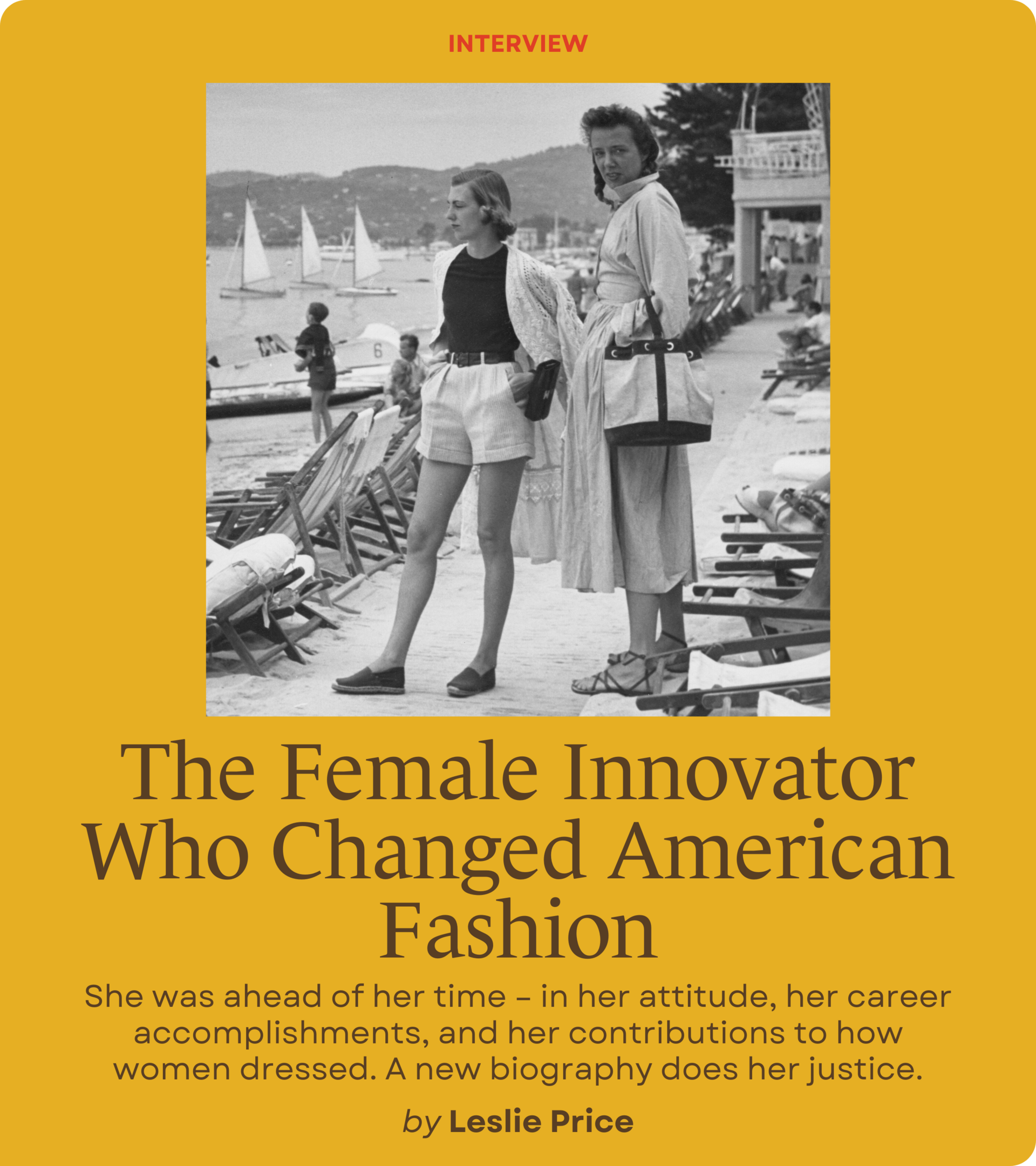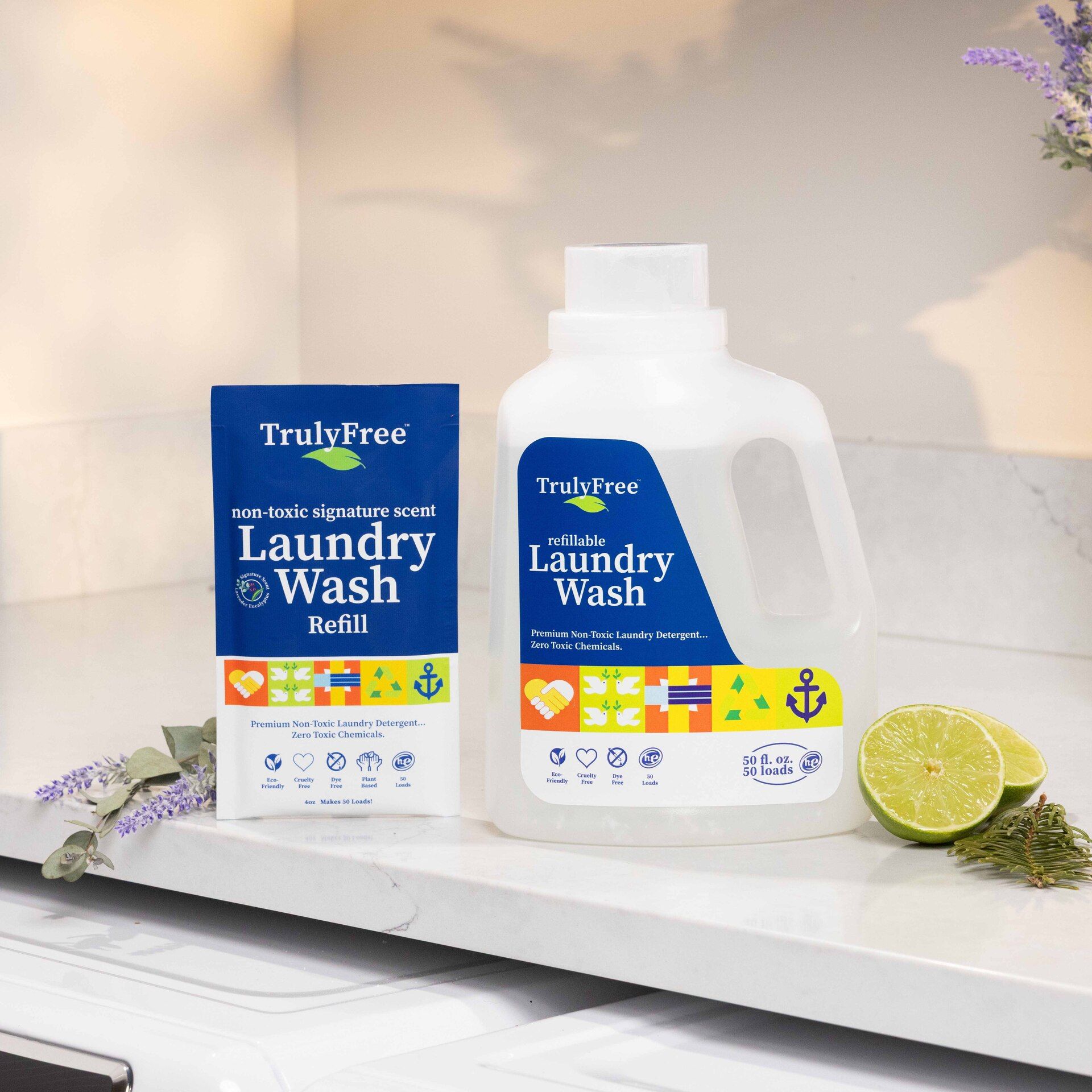- Gloria
- Posts
- A Forgotten History
A Forgotten History
Plus: a new travel show, and more.


Hi friend,
There is a popular narrative right now that men and boys are struggling because our institutions — such as our schools — just aren’t built for them.
Bravely marching into the fray is NYT opinion writer Jess Grose, who on Wednesday attempted to debunk this idea. “Girls have been getting better grades than boys since before women had the right to vote,” she says. The idea that teachers favor girls is a myth, she argues, one that “persists because there’s always a market for anti-feminist backlash, and now that we’re in the middle of an anti-education backlash as well, a mostly female teaching force is sadly an easy target.” She asks if this is, in actuality, a panic over women’s success, now that “girls are finally being rewarded in the form of college attainment and more equal pay for their efforts.”
Plenty of kids struggle in school, and our education system is not perfect. The problems facing us are complex, and so, in an urge to simplify the issue, we reduce it to gender. But neither boys nor girls are a monolith.
In a paper titled “Men and Women Are From Earth: Examining the Latent Structure of Gender,” researchers in 2012 refuted the pop-psychology stereotypes endorsed by the seminal ‘90s relationship book Men Are From Mars, Women Are From Venus. It asserts that we honestly can’t help but sort by gender, that it’s “the most pervasive method of categorizing people” throughout “almost all human activities and experiences.” It’s not only omnipresent, it’s also pertinacious. The paper concludes that gender is dimensional, meaning we all have “gradations of variables associated with sex.” Still, more rigid ideas of gender persist because, in part, they make understand the world easier. This is an example of “a mental shortcut that has come to be known as the ‘cognitive miser’ hypothesis.”
One expert Grose speaks with suggests that “the differences between boys and girls are still not enormous — they are more alike than different” and that girls could be surpassing boys in school because of “the way boys are socialized.” As you’d expect, the comments are full of angry disagreement. Eek.
Perhaps it's more fun to think about the “crisis of masculinity” narrative in the form of…classic Michael Douglass movies of the ‘80s and ‘90s (v. college film theory). This is the lens used by feminist critic Jessica Crispin, which you can hear discussed in a conversation on WNYC that aired a few days ago. It’s a fun listen.
Or maybe you’d like to think about gender in terms of fashion, clothing, and personal expression. If so, we recommend cracking open a new biography from reporter Elizabeth Evitts Dickinson, titled Claire McCardell: The Designer Who Set Women Free (Bookshop, Amazon). It explores the life of the woman who quite literally created the building blocks of our modern wardrobe. We spoke with Dickinson to find out how McCardell found such success in a world built for men, and what we can learn from her time to better understand the present day.
Bye,
Your friends at Gloria

LP: What set you off on this path to writing about Claire McCardell?
EED: When I was in my twenties, I had a job at a museum and they put on an exhibition of Claire McCardell’s clothes. I had never heard of her, and was shocked to learn that a lot of what I had in my closet – wrap dresses, separates, denim, ballet flats, hoodies – she pioneered or invented. I wondered why this woman, who helped invent American fashion in the 1930s and ‘40s, was forgotten.
You had a few questions. One was: How did she achieve what she achieved during this time period? And two: Why do so few people know of her? What did you find?
We don't know the names of so many pioneering women in history. Why are women forgotten in general? One of the biggest book trends right now is in the forgotten and hidden history of women. Claire isn't alone. We didn't tell women's stories for too long. And now we're catching up.
She died young. She was in her fifties and at the height of her career. [At that time in] American fashion, there wasn't a precedent for carrying on the label of a dead ready-to-wear designer. In Paris, France, the couture system was well over a century old. They had a way of understanding the business and the cultural heritage of a brand. But in American sportswear, that didn't exist yet. I don't think her business partners understood how to carry on her brand.
You write quite a bit about the rules, both explicit and not explicit, that policed what women were allowed to wear outside the home during Claire’s time. I did not know that women couldn't go outside without a hat on, or had to wear wool tights to swim in, or how you could be thrown in jail for wearing a suit with pants.
What you see over time in America is dress codes being written into both vice law and municipal codes. You couldn't go to a public beach as a woman without wearing wool swim stockings. And in the 1920s, Claire was a swimmer. Wool swim stockings were so stupid, you couldn't swim in them. They were heavy, they were hot. There were women who shattered the norms by going to beaches, taking off their swim stockings, and either being fined or arrested. In some cases, if you wore clothes that weren't “your gender,” you could also be sent to psychiatric institutions. It wasn't unheard of, in the late 1800s and early 1900s, for a woman to be sent for psychiatric treatment if she was wearing a suit.
Dress codes happen on many levels. We still see this today, with rules about the length of your skirt or sleeves having to cover your arms. I have a teenage daughter and nobody is policed like teenage girls, especially in a school environment where dress codes absolutely target young women and what they're allowed to wear or not to wear.
What was it like to be a working woman during Claire’s time, particularly after the Depression?
Her life spans such an interesting series of decades. She's a teenager in the twenties, and there are freedoms for women that hadn't existed prior. Women have the right to vote. She went to college, which was not something every woman got to do. She arrives in New York in the twenties. It was difficult being a single woman in a city, because cities weren't designed for single women. Some of the better hotels wouldn't rent rooms to a single woman as they were thought to be of ill repute. There were men's clubs, but there weren't a lot of places for women to have housing.
She, and her contemporaries who I write about in the book, all had the belief that women were on the ascendance. Of course women were going to be a part of public life. Of course women were going to have careers. They were championing women's broader role in society.
Claire bucked some of the social pressures of the day. She didn't get married until later in life. She didn't have children of her own. But her colleague, Mildred Orrick, took a different path. She wanted a career, but she also got married and had children. How did these differing decisions affect their success?
They had a similar design aesthetic, but Mildred decided to get married and have children, and that affected her ability to work. One of the things I wanted to explore in the book was how McCardell became one of the first women to get her own name on her label, get to the top of her company, and become a partner – all of this at a time when a woman couldn't have her own bank account. Mildred’s career took a lot of winding stops and starts, and she had to work at night when her kids were asleep. She was deeply affected by following that traditional path of being a wife and a mother. Her career suffered. She told her daughter, Sarah, who I was able to interview for my book, be careful about getting married. She was equally talented, but didn't have as much success as her friend, in part because she was diverted by children and marriage.
She kept all this stuff by her bed, and she would wake up in the middle of the night with ideas before getting up in the morning and doing it all over again. We've all been there. It's a level of deep, bone-tired exhaustion that is just insane.
McCardell worked hard and was driven, but she also understood that her success relied on her creativity, and she had to tend to it. She always booked vacations after the seasons came out for the clothing industry. Someone like Mildred, who had children, didn't have the freedom to restore herself and recover in the way that McCardell did.
McCardell wanted to create clothes for women that were comfortable, functional, presentable, and chic. Why is this still so hard to find?


Once we switched to a fragrance-free laundry detergent, we couldn't switch back. Heavily scented traditional detergents give us a headache now, and that’s not just because they deposit chemicals on our clothes that don’t fully rinse out. We now swear by the ecomm site Truly Free Home for laundry products as well as nontoxic cleaning supplies for the rest of our house.
Over 500,000 families have made the switch to Truly Free Home, too. That’s because their plant-based formula skips the artificial thickeners, optical brighteners, and synthetic scents that traditional brands rely on. It’s powerful enough to tackle dirty socks and sweaty gym gear, but gentle enough for babies, pets, and sensitive skin. What’s even better is that their patented refill system replaces single-use plastic with a single reusable jug, cutting waste and clutter while delivering 50+ loads per mix. Check it all out here. #partner


Solo Traveling With Tracee Ellis Ross. Image via Roku.
TO STREAM Tracee Ellis Ross’s life is truly inspirational. She does what she wants, buys what she wants, and generally seems so happy. Now we get to tag along on some of her fabulous trips with a new show, Solo Traveling With Tracee Ellis Ross on the Roku Channel.
TO SHOP: This new source for extremely cute, easy-wearing essentials that are priced really well. Kut from the Kloth has all the basics — in particular, jeans and linen shirts — to mix and match with fun pieces like these perfect-length denim shorts or these subtle barrel-legged pants. There are so many pieces on our wishlist now, including this extremely cute dress. #partner
TO LISTEN We started reading this interview with Sandra Oh, but then switched to the audio version, and it’s much more enjoyable and moving. She talks about midlife and work, goes through her old journal entries, and generally comes off as careful, intelligent, and interesting.
TO GET We just picked up this dill pickle mayo for a sandwich spread, but it’s so good that we’re using it for all sorts of dishes, like potato salad, or as a dipping sauce for artichoke leaves. It’s got a sort of tartar sauce-like tang, and the texture is almost like a homemade dressing. We found ours in the mayo section of Whole Foods, but you can also get it online.

A very good rant. • “Are GLP-1s a cure for menopausal weight gain?” • Wow, this excerpt of the unauthorized Gwyneth Paltrow biography is wild stuff. • Late night TV is dying a slow death. • What is even considered “middle aged” anymore?


*Gloria may receive an affiliate commission on purchases made through our newsletter.
Reply